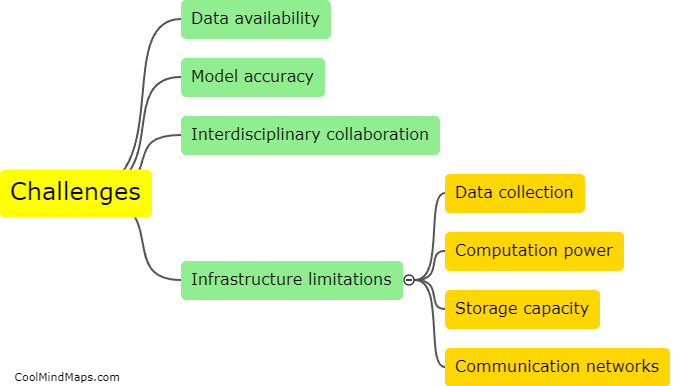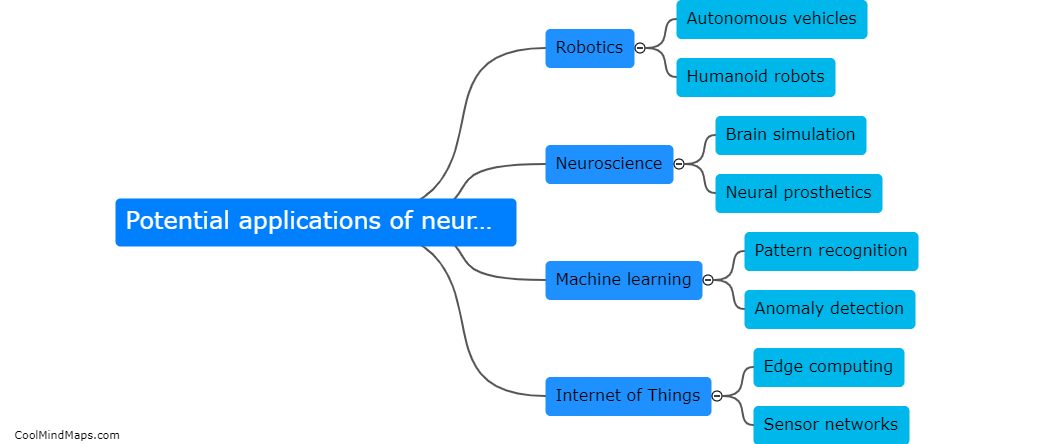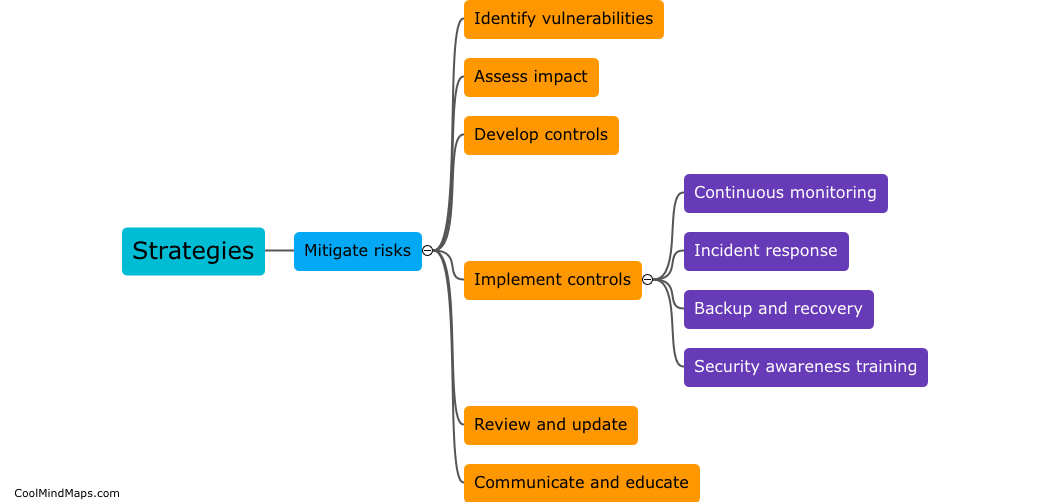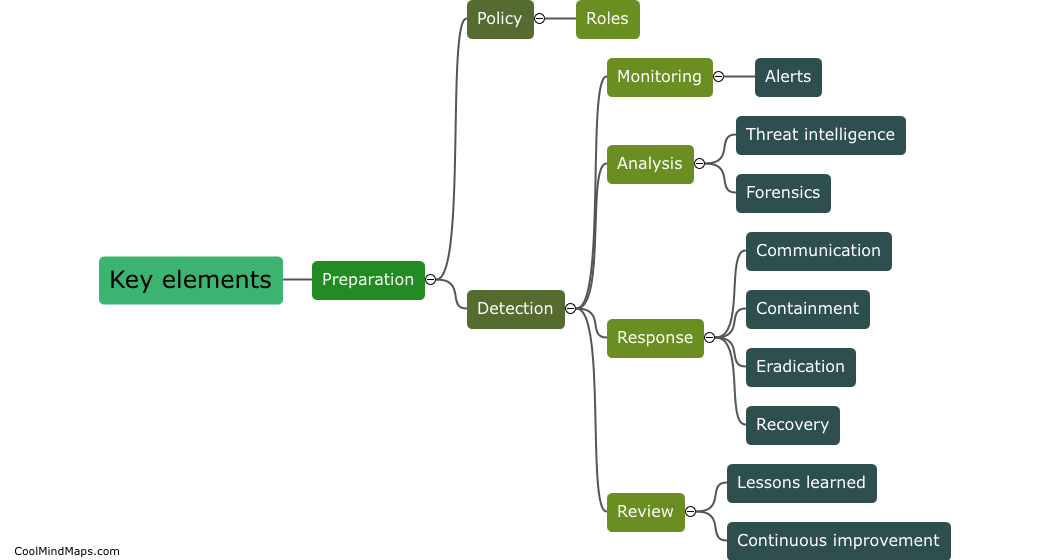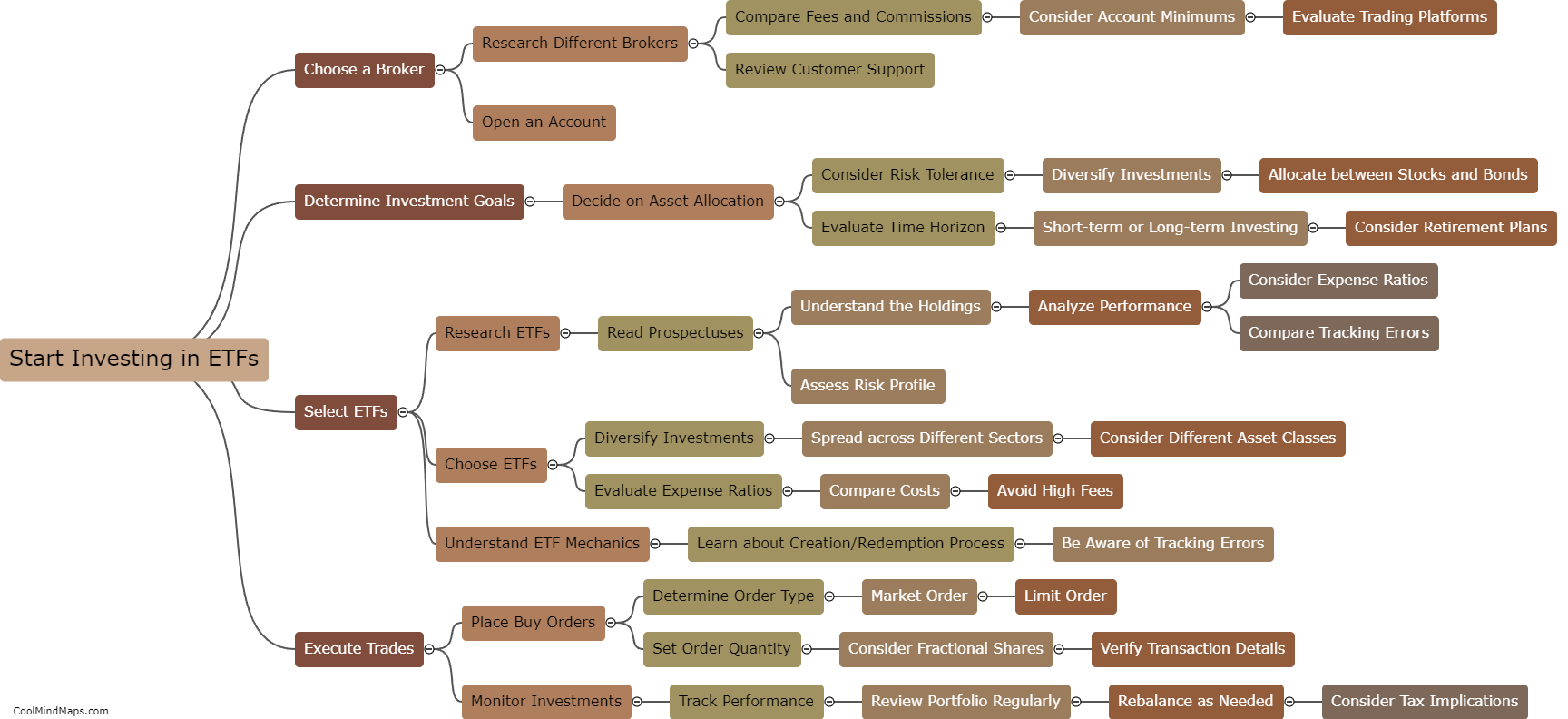What are the key components of an information security risk management program?
The key components of an information security risk management program are crucial for organizations to effectively identify, assess, and mitigate the potential risks to their sensitive information. Firstly, a comprehensive risk assessment is essential to understand the organization's vulnerabilities and potential threats. Secondly, a risk management framework should be established, including policies, procedures, and guidelines that outline the organization's approach to managing risks. Thirdly, a risk mitigation strategy is necessary to implement appropriate controls and measures to reduce the identified risks. This may include implementing advanced technologies, training employees, and establishing incident response plans. Lastly, continuous monitoring and evaluation of the program are necessary to ensure its effectiveness and to address any emerging risks or changing circumstances. By incorporating these key components, organizations can enhance their overall information security posture and protect their assets from potential threats.

This mind map was published on 15 February 2024 and has been viewed 88 times.


